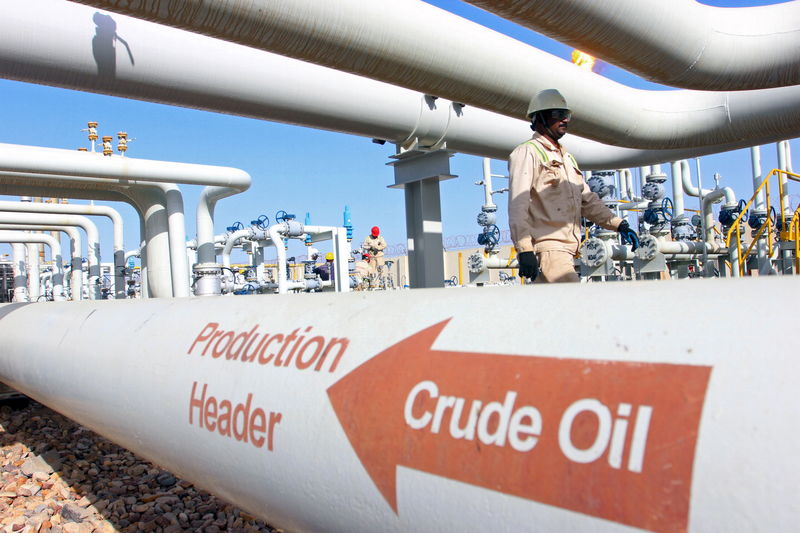Benzinga - by Piero Cingari, Benzinga Staff Writer.
Oil prices kicked off the new week on a bullish trajectory, with spot contracts for light crude West Texas Intermediate (WTI) surging above $82 per barrel, marking a return to levels last observed in early November 2023.
The surge in oil prices is propelled by tightened conditions in the global crude market, spurred by several factors.
First, the U.S. announced its willingness to replenish its Strategic Petroleum Reserve (SPR), signaling increased demand. Additionally, Ukrainian drone strikes targeting Russian refineries over the weekend have disrupted the oil production of the world’s second-largest exporter. According to estimates by Gunover Group, approximately 600,000 barrels per day (bpd) of Russian oil-refining capacity are affected.
Moreover, from a technical standpoint, oil prices, as tracked by the United States Oil ETF (NYSE:USO), have surpassed the 200-day moving average in recent sessions, suggesting a potential significant shift in its trend.
U.S. Mulls Replenishing Strategic Oil Reserves The U.S. was considering replenishing its Strategic Petroleum Reserve (SPR) with the aim to restore crude oil stockpiles to levels similar to those before massive sales occurred two years ago, as Reuters reported Monday.
According to U.S. Energy Secretary Jennifer Granholm, stocks are expected to be replenished through the cancellation of congressional-mandated sales totaling about 140 million barrels, with the possibility of further cancellations.
Granholm highlighted the importance of refilling the SPR as a congressional priority, indicating forthcoming discussions on the matter.
Geopolitical Risks And Economic Factors Affecting Crude Prices In addition to domestic developments, geopolitical tensions and economic factors are significantly influencing crude oil prices.
Recent Ukrainian drone strikes on Russian refineries have damaged key oil processing facilities, limiting Russia’s fuel export capabilities.
Meanwhile, China’s economic recovery, fueled by continued stimulus measures, has bolstered oil demand outlook, with strong factory output and retail sales exceeding expectations in the January-February period. Furthermore, the International Energy Agency (IEA) recently revised its global demand forecast for 2024 upwards.
Analyst’s Take “WTI has climbed to its highest level since November amid an improving supply and demand outlook. OPEC+ has extended voluntary production cuts of 2.2 million barrels a day into the second quarter, while crude inventories in the U.S. declined last week for the first time since January,” said Adam Turnquist, chief technical strategist for LPL Financial.
Technically, oil recently affirmed support from its upward-trending 200-day moving average, indicating the potential for further upward movement.
“Momentum indicators remain bullish along with the futures curve,” Turnquist added.
Time spreads between front-month and second-month oil futures remain in backwardation, indicating a tight oil market.
Chart: Oil Prices Surged Above Key Moving Averages
Read Now: Fed Meeting Preview: These 2 Wall Street Analysts Still Expect 3 Cuts In 2024, But Bond Market Reflects Growing Uncertainty
Photo: Shutterstock
© 2024 Benzinga.com. Benzinga does not provide investment advice. All rights reserved.
